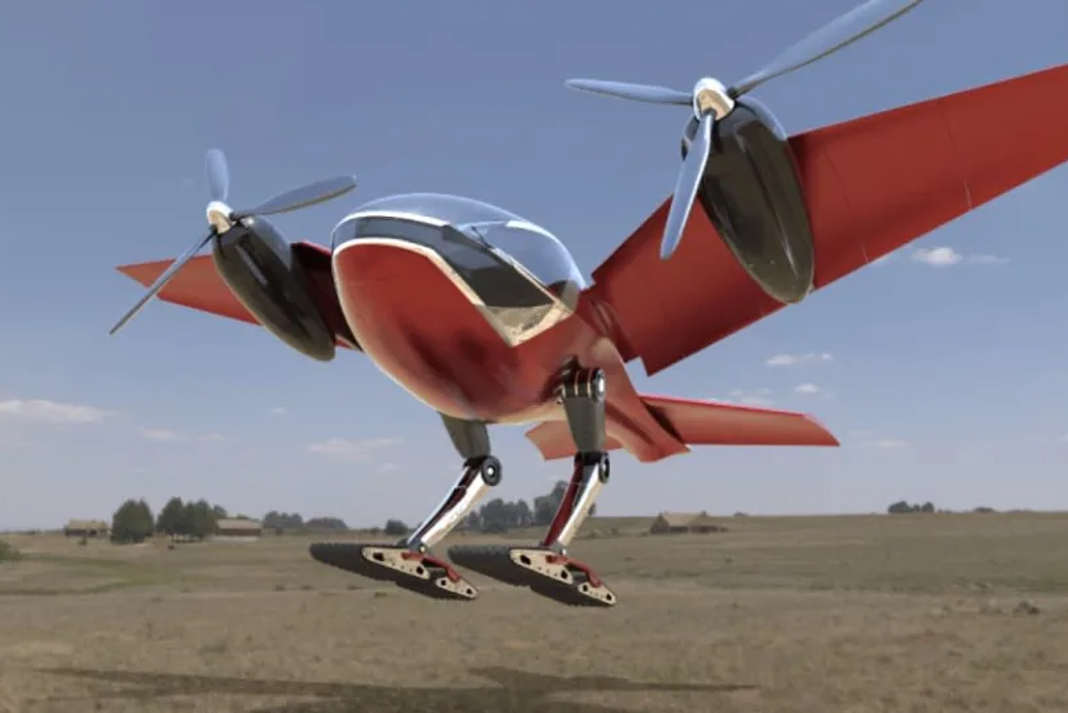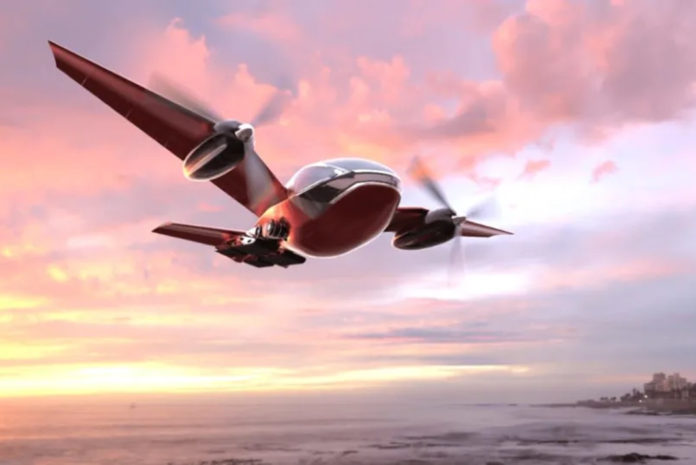PHRACTYL plans to build the all-electric PAV PHRACTYL Macrobat eVTOL
It’s a bird, it’s a plane, it’s the PHRACTYL Macrobat eVTOL! The South African start-up PHRACTYL, known as “The PHRontier for Agile Complex Technology sYstem evoLution” has envisioned a goal to bring air mobility to South Africa.
The company’s main focus for the PHRACTYL Macrobat eVTOL is to address Africa’s most pressing transportation issues. Being that Africa’s transportation infrastructure is subpar, With their PAV, PHRACTYL is willing to restore the industry to help the economy and enable socio-economic growth.
PHRACTYL’s idea of their all-electric Personal Aerial Vehicle (PAV) was inspired by the anatomy of birds and has more of an organic shape resembling the flying creatures. The company has stated it can attain near-vertical take-off and landing even from various types and levels of terrain. Even the naming convention of the Macrobat is explained on PHRACTYL’s website. “Bats are the only mammals that can fly, and the Macrobat facilitates the flight of another type of mammal,” it reads.

The PHRACTYL Macrobat eVTOL is envisioned to be a one-seater with a round body and twin propellers. The start-up has claimed that their engineers have created a wing that generates lift at low speeds, but that additional specifics aren’t yet available because the PAV’s design is intellectual property and currently patent-pending.
A battery bank will power two enormous propellers that will propel the PHRACTYL Macrobat eVTOL to 110 mph with a range of 90 miles and a carrying capacity of 330 pounds. The PAV can be flown by a pilot or operated remotely as a drone by a ground operator to deliver passengers or freight. Like a tank, the bases of the legs are tracked which offers mobility.
It will take some time for the Macrobat to hit the skies. PHRACTYL has mentioned their technology for the battery is still in its early stages. “So we’ll give it a few years to mature, and in the meantime, compensate for it with a highly efficient aerodynamic design.”
